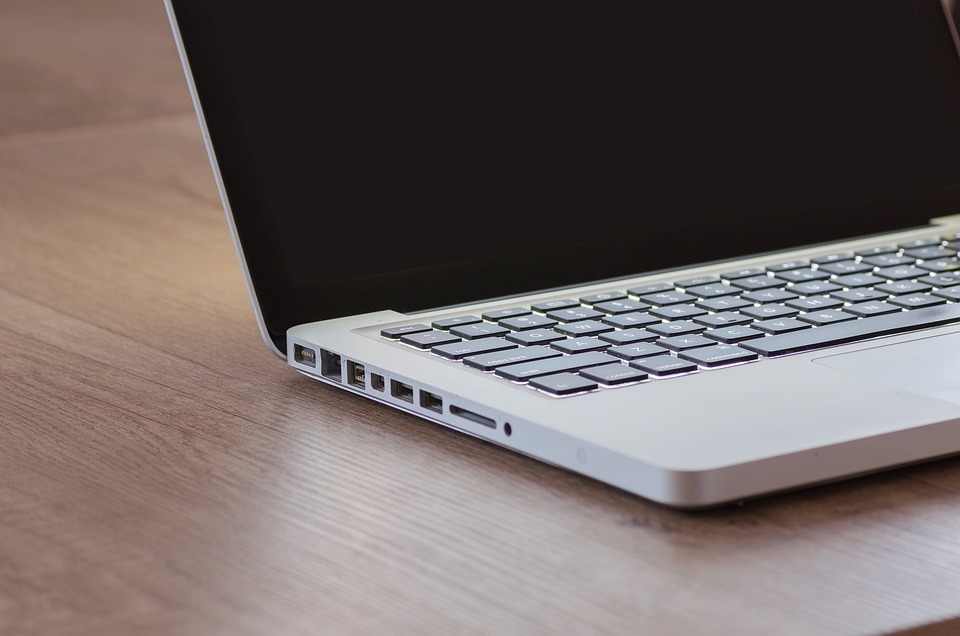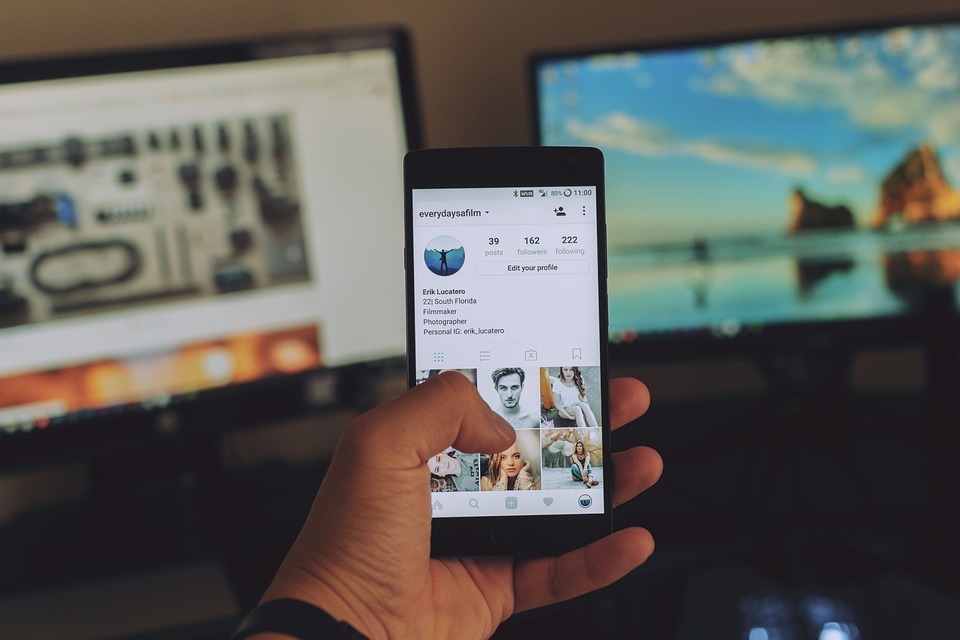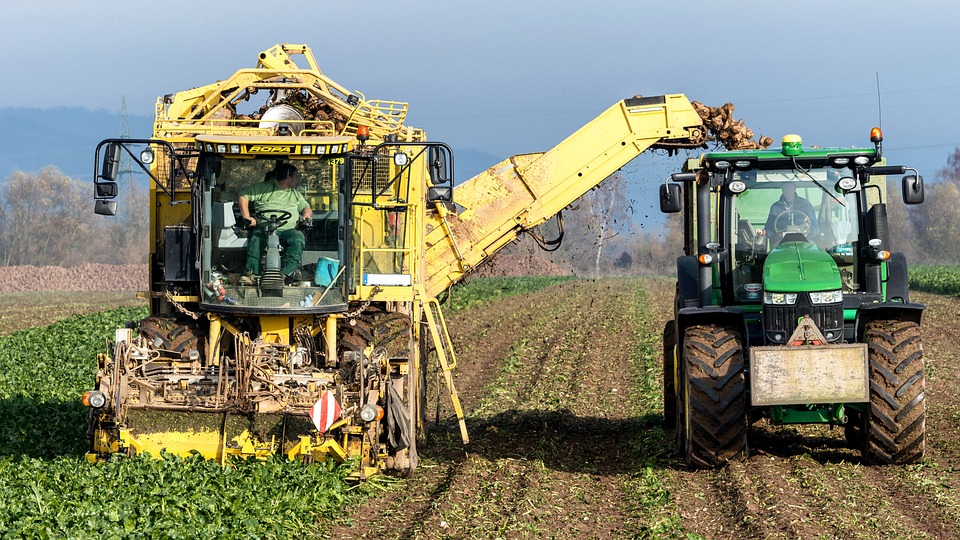The Internet of Things (IoT) has been called the next industrial revolution, with the potential to transform how we live and work in ways we can’t even imagine yet. From smart homes and connected devices to industrial automation and healthcare applications, IoT is already changing the way we interact with technology. But what does the future hold for this rapidly growing industry? Here are some predictions and trends to watch out for in the coming years.
1. Increased adoption in consumer markets: As more and more devices become connected to the internet, we can expect to see a surge in adoption of IoT devices in consumer markets. Smart homes, wearable technology, and connected appliances are just the tip of the iceberg when it comes to the potential for IoT in our daily lives. Consumers are increasingly valuing convenience and connectivity in their products, and companies are responding by creating more devices that can be controlled remotely and integrated with other smart devices.
2. Expansion in industrial applications: IoT has already made a big impact in industrial sectors, with applications ranging from asset tracking and predictive maintenance to smart manufacturing and supply chain optimization. In the coming years, we can expect to see even more expansion in industrial applications of IoT, as companies look for ways to improve efficiency, reduce costs, and increase productivity. The rise of Industry 4.0, with its emphasis on automation and data-driven decision-making, will only accelerate the adoption of IoT in the industrial sector.
3. Edge computing and AI integration: As the number of connected devices continues to grow, there will be an increasing need for processing power at the edge of the network. Edge computing, which enables data processing to happen closer to the source of the data, is becoming essential for IoT applications that require real-time processing and low latency. In addition, the integration of artificial intelligence and machine learning into IoT devices will enable them to become more intelligent and autonomous, making them even more valuable in a variety of use cases.
4. Security and privacy challenges: With the proliferation of connected devices comes increased concerns about security and privacy. IoT devices are vulnerable to cyberattacks and data breaches, and as more devices become interconnected, the potential for widespread security threats grows. Companies will need to invest in robust security measures to protect their IoT infrastructure from malicious actors, while regulators will need to create and enforce policies to protect consumer data and privacy.
5. Sustainability and environmental impact: As IoT devices become more ubiquitous, there will be a growing focus on their environmental impact. The manufacturing and disposal of IoT devices can have negative consequences on the environment, so companies will need to consider the sustainability of their products and manufacturing processes. In addition, IoT can be used to monitor and reduce energy consumption, improve waste management, and promote sustainable practices in various industries.
Overall, the future of IoT holds great promise for revolutionizing the way we live and work. With advancements in technology, increased adoption in consumer and industrial markets, and a focus on security, privacy, and sustainability, the possibilities for IoT seem endless. As we look ahead to the coming years, it’s clear that the potential for IoT to transform our world is only just beginning.




